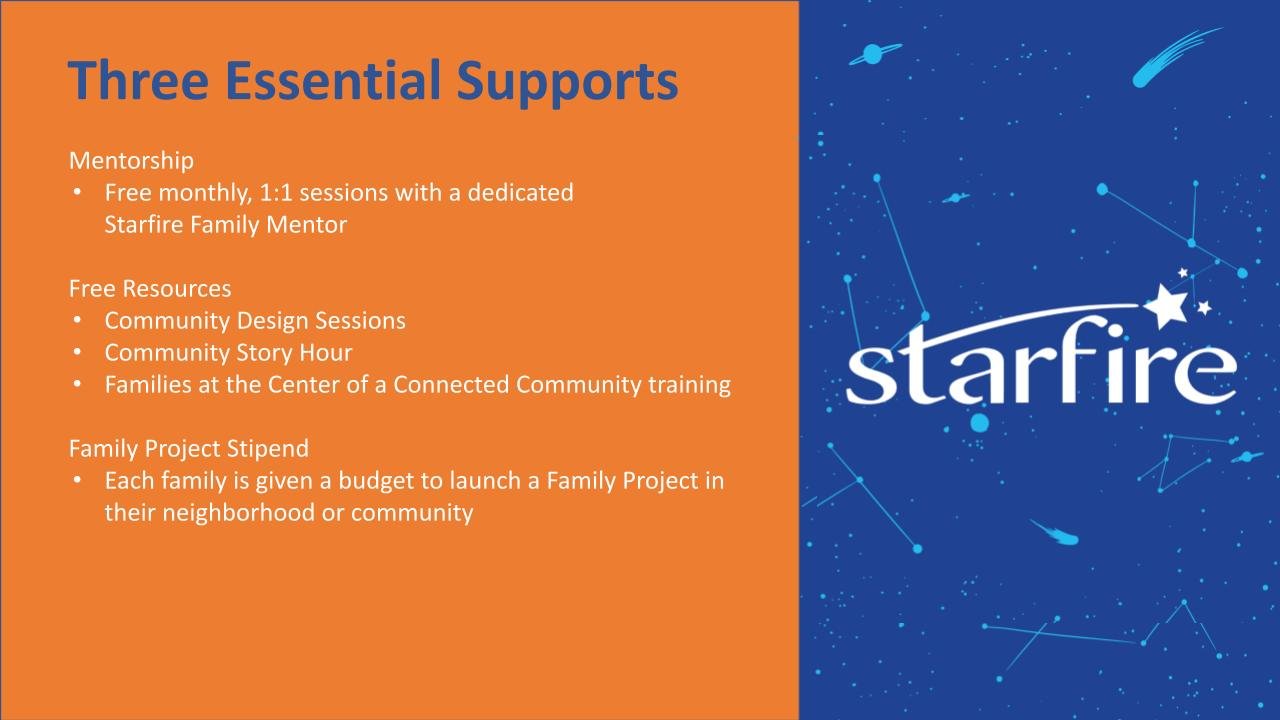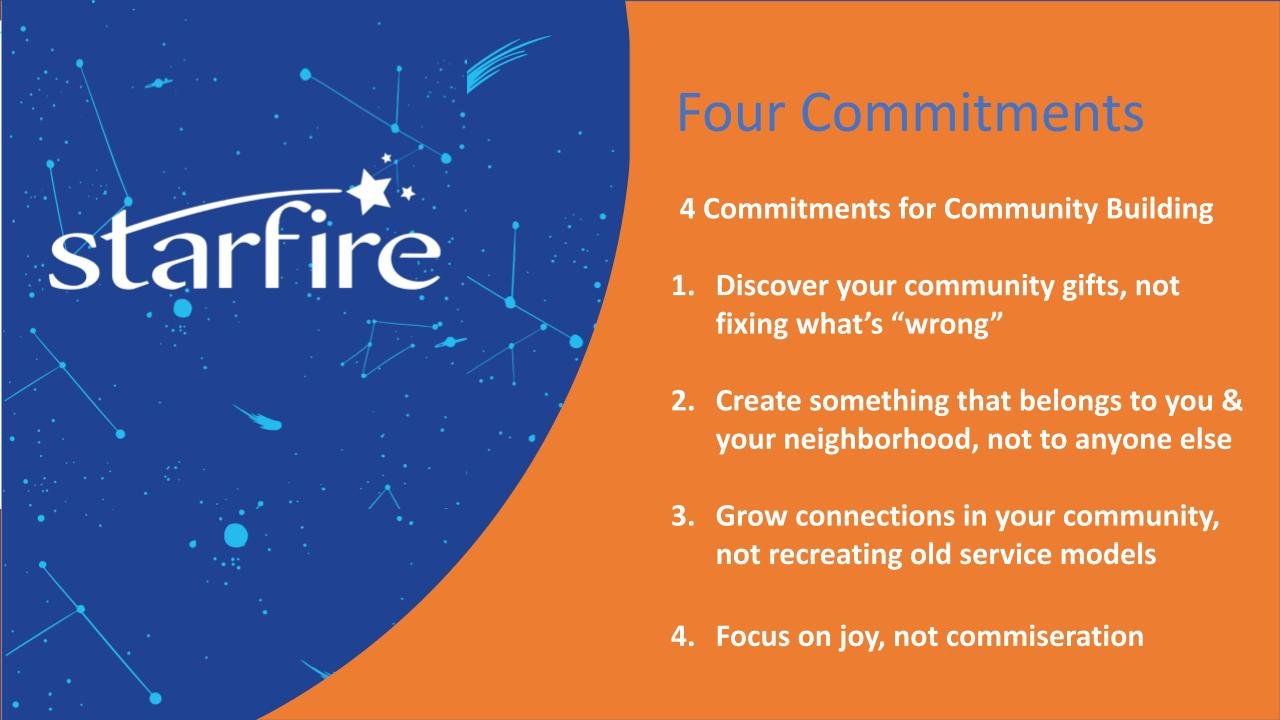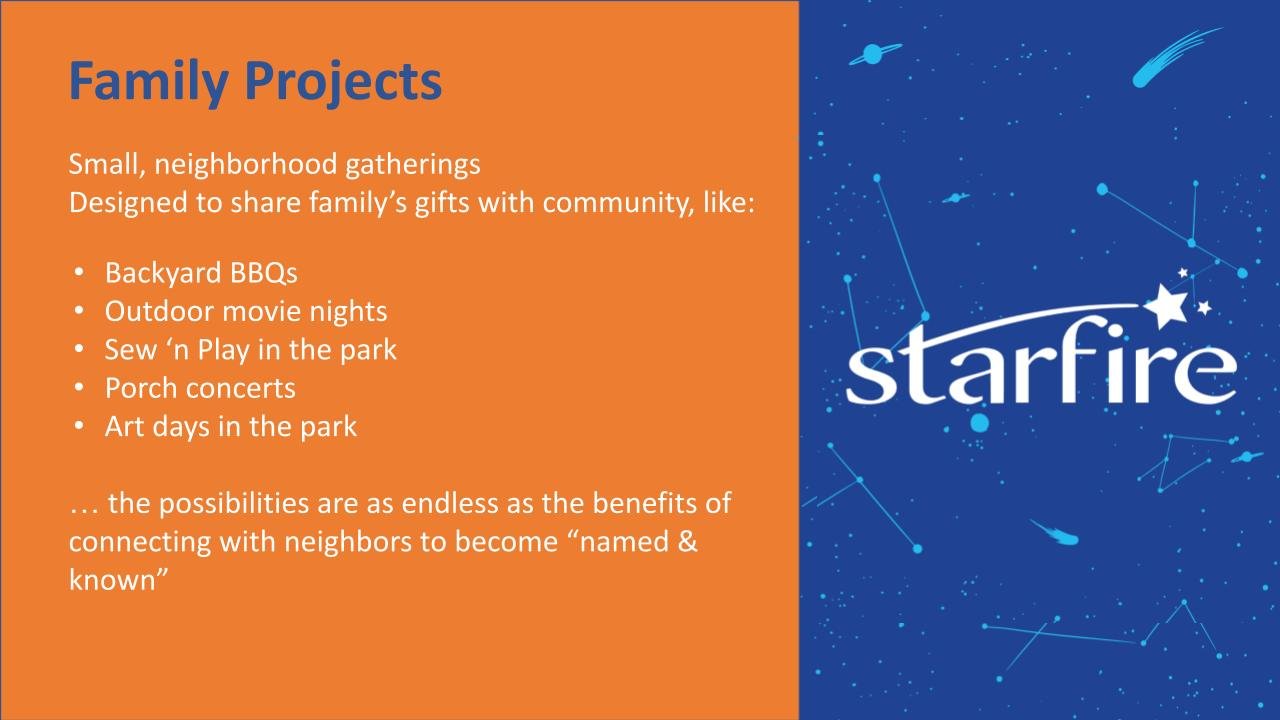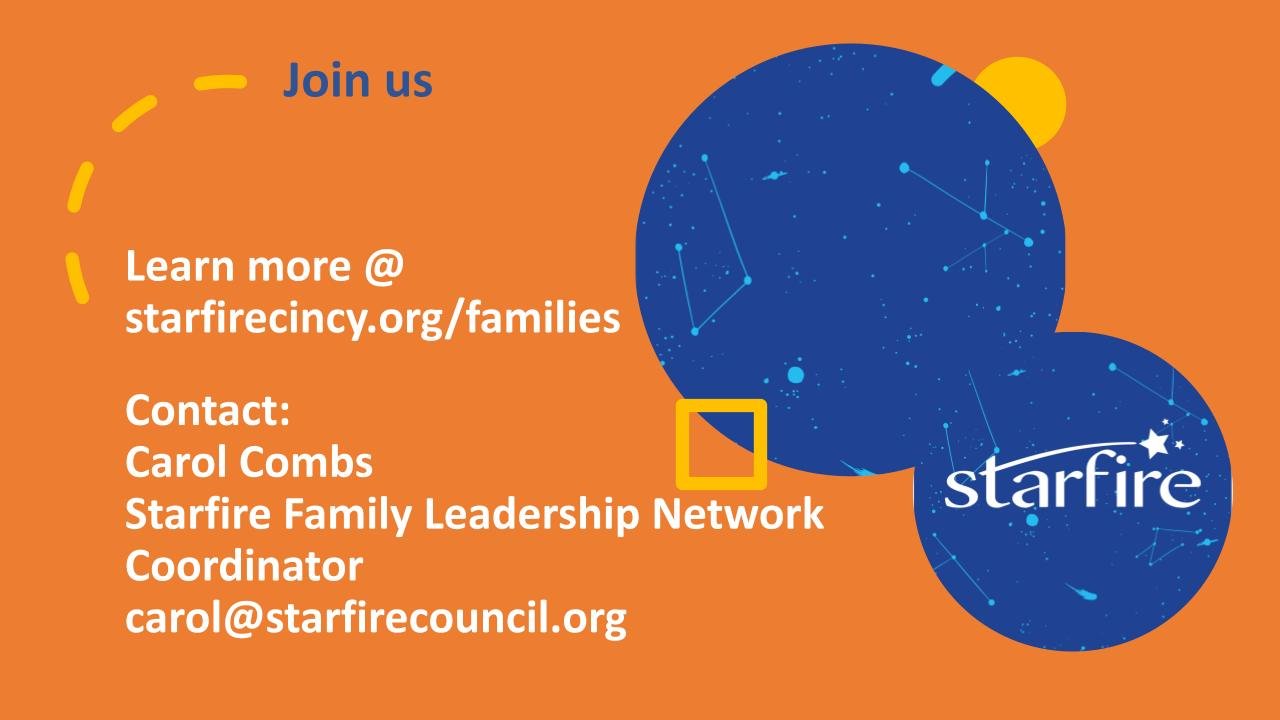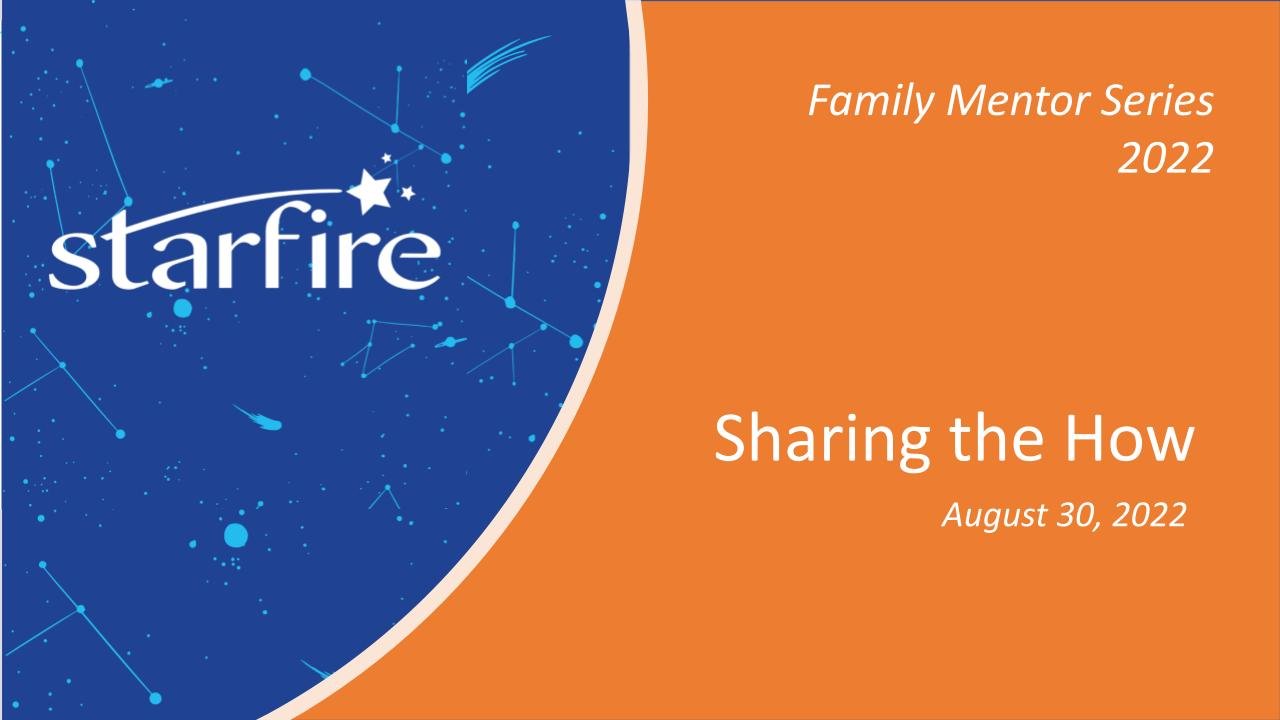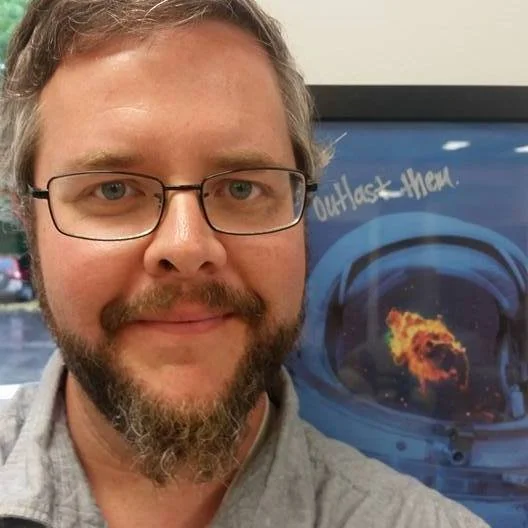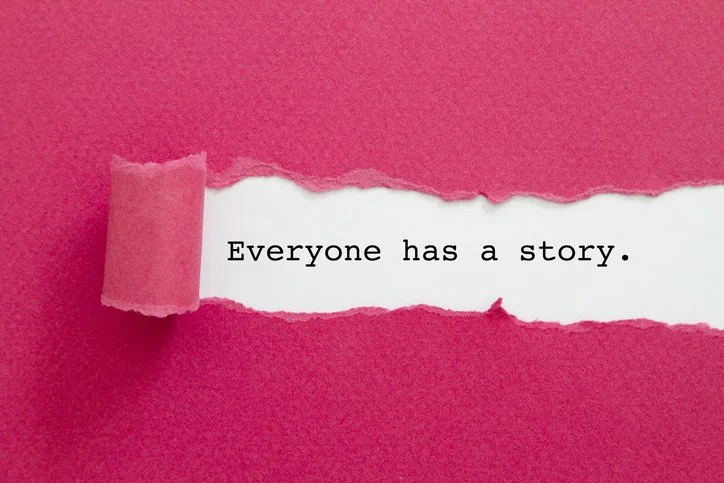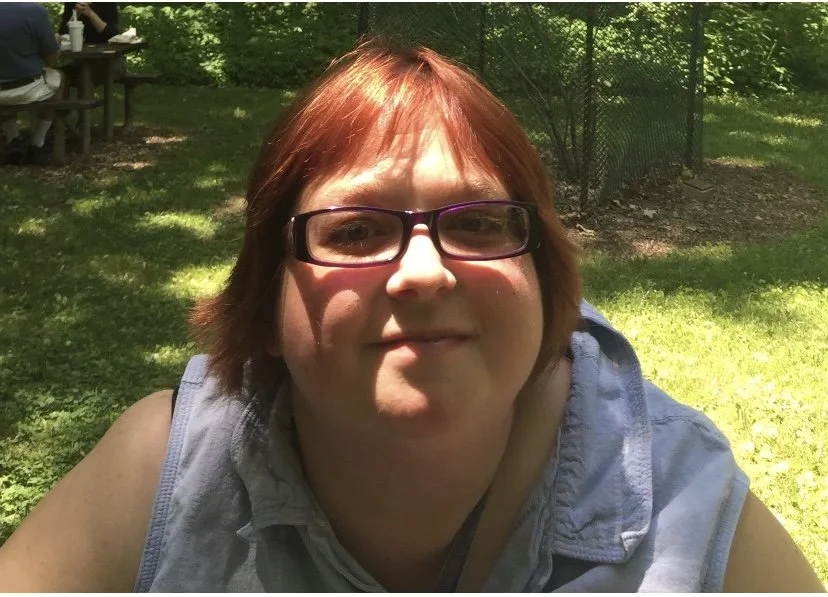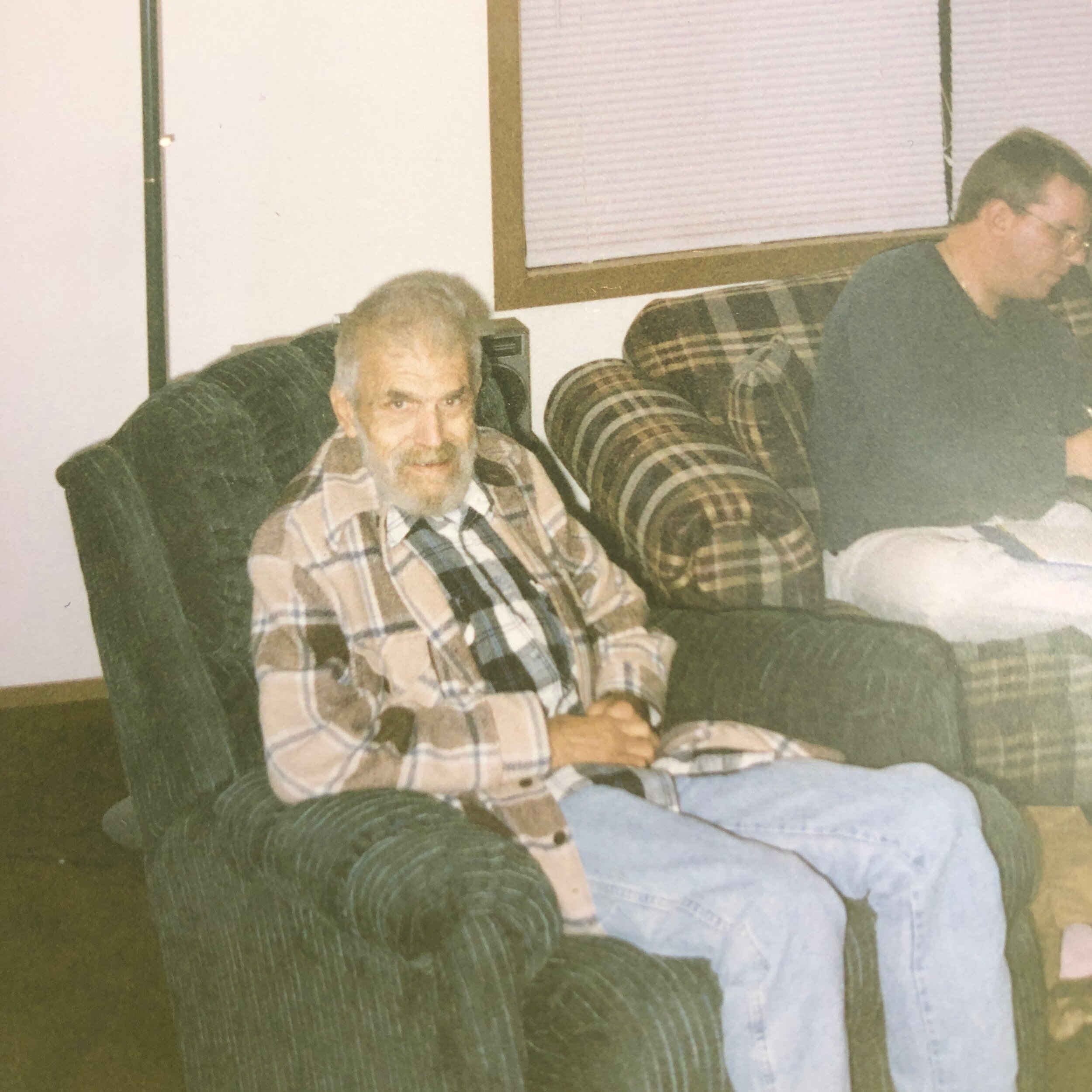If you gave me a million dollars, and I had to make a bet on whether the family of a person with a disability, or the person’s service workers, would still be around in 20 years, I’d put it all on the family.
And I’d win easily.
I could probably win even if I made the same bet on who would still be around in two years!
It’s just the nature of the service system. Those of us working in it move in and out of jobs.
During the summer of 2017, I started giving out project grants to 10 families. During the same summer, we hired four new employees to work as community connector staff.
Within two years, all four of those connector staff had moved on to other jobs or different locales. They were replaced with another six people over the past few years, all of whom have also since moved on from our payroll.
All 10 families were still in the lives of their child with a disability. And all 10 families are still connected to the people they met leading their projects and the values of community inclusion. We hope the staff are still connected to those values, and they likely carry them with them, but there is no way of really knowing.
I gave out a total of $30,000 to those first 10 families, along with another $60,000 over the next few years for a total of $90,000 invested in over 30 families.
We paid those staff over $600,000 over the same timeframe.
That’s the reality. Our system of services seems stable, but only in the same way “Wal-Mart” or “Coca-Cola” seems stable. It’s a brand that we come to know. But behind the brand is an ever-changing, morphing team of people, coming and going. Good managers, bad managers. Hardworking committed employees and people just in it for the paycheck.
That system of a steady brand works well for a product. There is one good way to make Coca-Cola. There is an easy, replicable system for running a successful Wal-Mart.
But that model isn’t up to the challenge when the product is “support for a human being,” as it is in so many of our social services.
And yet, according to a recent study by the Kaiser Family Foundation, we are betting over $116 billion on that model to provide home and community based services to people with disabilities and our community’s elders. And that doesn’t even count state, local and charitable funds! I’m not sure, but guess that including those funds could push the bet to over $200 billion annually.
Imagine investing all that money and training and support in the longevity and love that a family offers.
Don’t get me wrong. I believe in the power of good, well-paid, deeply trained support workers. In fact, I’ve had a front row seat to the powerful work my colleagues at Starfire (and elsewhere) have done over the years. Many of them had a deep commitment to the work and helped make beautiful things happen in peoples’ lives. Especially when there was no family present to step up.
But as I write this, our field is experiencing what is being called a “workforce crisis.” There aren’t enough people to work the jobs needed to support people, and there isn’t enough money to keep up with rising wages to remain competitive with other industries. Some of this is a result of the pandemic. Some of it is a result of failed immigration policies, or other forces of economy.
But those families weathered the pandemic. And there’s no need to rely on immigrants to replace parents and siblings. Just imagine what might be possible if we put those resources behind families.
Families are just a better bet.
I recently sat down with the mother of a woman with a disability. We have known each other for decades, and she and her husband have always fought for their daughter to live a life outside of the one offered to her by the service system. I admire them deeply, and have learned much from their example, so accepted her invitation to chat.
When we sat down, she showed me the brochures of all the social services for people with disabilities she had been exploring.
“Tim,” she said, “We’re getting up in years and I need to start exploring what’s out there for our daughter.”
She told me about her other children and how they had offered to take in their sister if the time came when their parents couldn’t care for her. I wasn’t surprised as they were simply following the beautiful path their parents had laid out over nearly 40 years.
“Are you taking them up on that offer?” I asked.
She winced.
“I can’t,” she said. “We can’t ask that of them.”
We talked more about her deep belief that none of these services were good enough for her daughter, and that all the best things in her daughter’s life were a result of being included – in school, in work, in the surrounding neighborhood. We named all the people in their lives who were a regular part of her daughter’s life, and how much they meant to her.
And then she said something that shocked me.
“I guess I just feel badly. I thought over all these years, I would be able to come up with a plan for our daughter, to give to her siblings.”
For 40 years, this mother had done everything she could to help their daughter live, work and play in the world as an ordinary, everyday person. She and her husband had built a regular life for and with their daughter, not a “special-needs life,” surrounded by therapists and counselors and caseworkers and staff people. It was a beautiful, connected and shared life that they had lived together.
And she didn’t think she had a plan!
“You did come up with a plan!” I said. “You came up with the best plan I could ever imagine. You planned a life for your daughter that included her in the world. And not only that, it’s stood the test of time for 40 years!”
It had already outlasted any other plan any social worker, myself included, could have ever imagined. It had outlasted at least 125 of my colleagues at Starfire, and many hundreds of other staff at the other organizations her daughter was connected to.
The only thing her plan couldn’t outlast was time itself.
I admired that mother’s commitment. I began to wonder if other parents making a similar commitment, even in just a small way, was a good thing to help them work outside the status quo of our systems and societal notions about disability. Her daughter still attended Starfire programs, and still had various supports from the system, but through her commitment, she had carved out a life for their family that was completely and uniquely theirs. It was sacred and beautiful.
It occurred to me that inviting her other children into the commitment and plan she had found so much meaning and satisfaction in might be a gift to them. Maybe it could offer them something beyond the task of managing a rotating cast of social workers, which would always need doing, but could never bring them meaning and satisfaction.
“What if you handed that plan off to your other children?” I asked her. “Tell them about why you’ve carried it out, how you think about it compared to other plans, and how it’s worked out for you?”
She wiped her eyes, and I wiped mine and she pledged to talk it over with her family.
I’m putting my money on that family.
So why don’t we bet on families in a bigger way?
When I started giving out project budgets, and paid families a stipend for managing the project, I had all these doubts in my head: What if they run off with the money? What if they blow it all at the liquor store? What if they don’t do the project perfectly?
Those fears stopped me in my tracks, and I almost never launched the program as a result. The only thing that brought me confidence and clarity was that I was certain that all those 100+ people on our payroll had surely blown at least some of our money at the liquor store over the years! And many of them stumbled and bumbled on their way to learning the work. So perfection, whether it be of moral expenditures or professional aptitude, was certainly not required.
Families often seem to sell themselves short. I think some of that comes from people like me in the service system. I worry that sometimes we wield our “expertise,” our degrees, budgets and job titles, in a way that crowds out a family’s confidence in their own competence.
One dad once told me he feared his son was “unknowable and unlovable.” He was working on developing a family project and was worried no one from his neighborhood could really connect with his family.
I told him he had evidence that citizens could come to know his son and care about and for him.
“What evidence?” he asked.
“You,” I told him. “You know how to have meals with your son, how to go on vacations with him. How to spend time with him. How to worship with him and how to do chores with him. And you were once a person like your neighbors, who didn’t know all of that.”
“But they don’t live with him,” he retorted.
“True,” I said, “But all they need is time and touchpoints, like you, right? It’s just not as intense of a timeframe like you had. So we have to get started now so they can experience those things and grow in those ways.”
That father, along with his family, has done at least four community projects that I know of, likely more. And his son has some solid connections growing with neighbors and friends as a result.
Before the family projects, though, our staff did all of the work of a community project for families like his. And when our staff left, as they inevitably did, they largely took all the fruits of those projects with them.
That’s the basis of the commitment to look for the free gifts of community, rather than hire a staff to do it for you.
Families have found neighbors they can count on. And they get to keep those connections, for themselves and possibly for their children with disabilities.
And even more importantly, by doing the projects themselves, they get to learn the lessons and strategies of being community builders. They discover gifts of people they never knew before. They get to learn how to depend on their community and be dependable for their community. They get to work as a team with other people to create something new and enjoy the pride of having done it.
They get to live their lives in connection with others, rather than waiting on someone else to do it for them, which would never be possible anyway.
One of the first times I ever met John O’Brien in 2011, I presented him with some questions that had been bothering me and I wanted his thoughts on.
I offered him this “true or false” statement: “Families just want to be families, not warriors, so conversations with them about Social Role Valorization, Person-centered approaches, citizenship vs. clienthood, could be putting too much on them.”
I waited for him to say “true,” or “false,” but unsurprisingly, he answered with a clarity that I wrote down, word for word, and have never forgotten:
“If families delegate relationships for their children to the service system, they will always be disappointed.”
I originally made sense of that statement by assuming that the service system would just do a much worse job than families expected. While that’s a reality, over the years, I’ve come to understand a deeper meaning in it.
Families who I’ve walked alongside as they do a community project, relating and celebrating, planning and playing with their neighbors, are never disappointed.
Sure by making the commitment to do it themselves, with their community, outside of services, they give up having others come up with ideas, make all the decisions and carry out the work. That’s awfully convenient and terribly tempting. A paid staff from the service system can shield a family from social rejection or disappointment. But the choices we offer as a system are always the ones that work for our us: within our budgets, during our work hours, and centered on our goals.
By doing it with their community, families get to create options beyond our programs, and they get to work on their own terms, in the way that works best for them. It may not work as efficiently as hired help, but they get to own it. And as families have kept at it, they’ve been surprised when people they never expected show up in their lives.
Even if the project goes sideways or changes, or even if they only get half the attendees they hoped for, they are always happy with their effort, and satisfied with what they learned on their journey, about themselves, about inclusion and their child, about their community.
So we ask families to make the commitment to do it themselves instead of delegating it out to a service system.
They end up getting to keep the treasures of their community and the fruits of their efforts all to themselves, and that makes them a stronger family.
And that is always a good bet.





